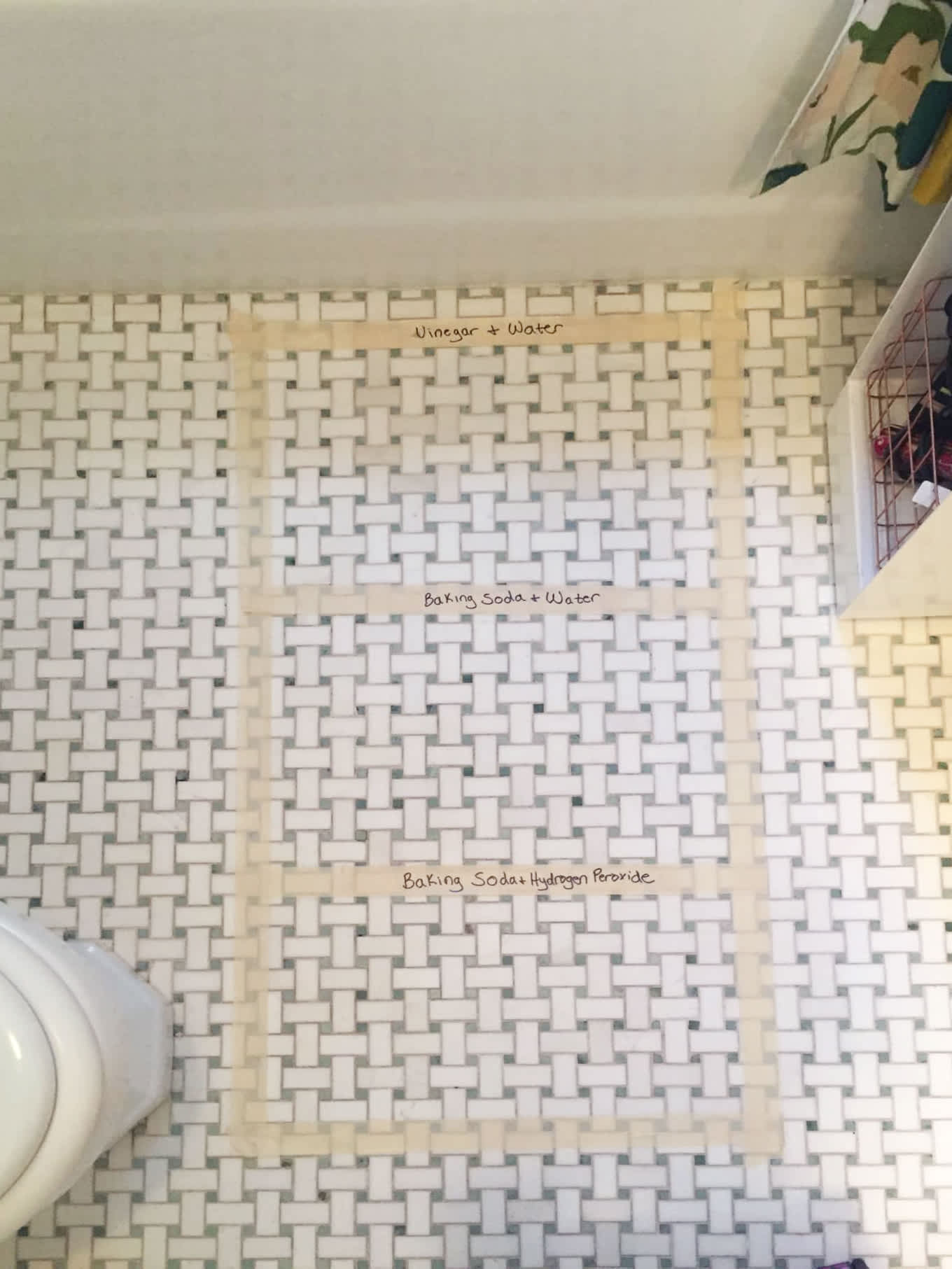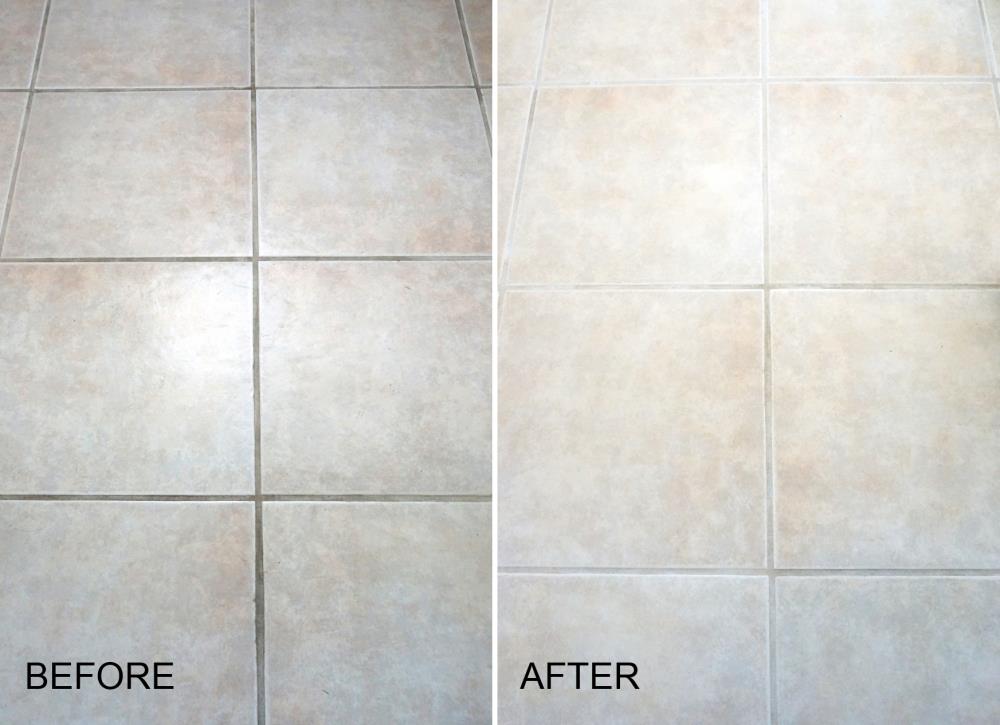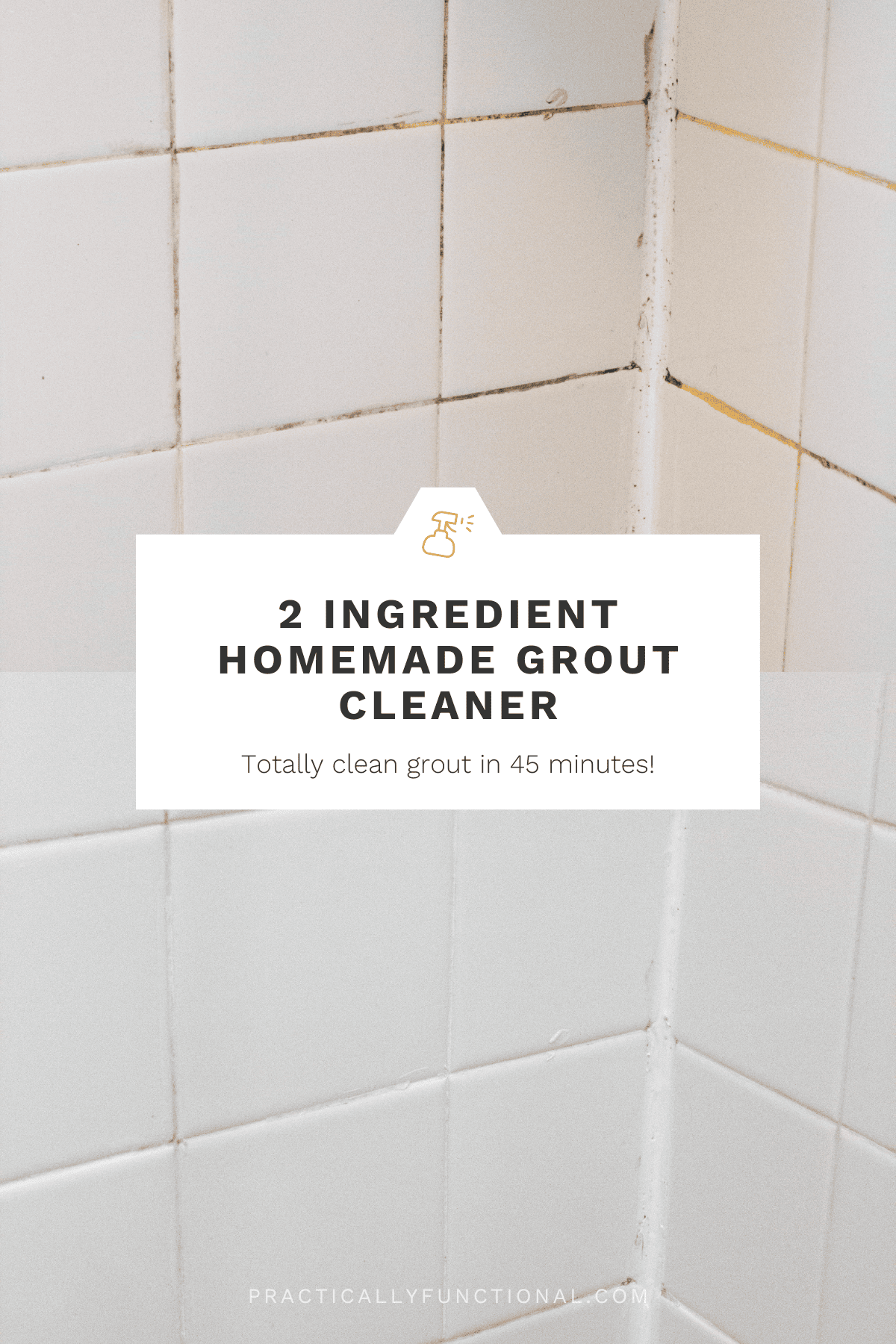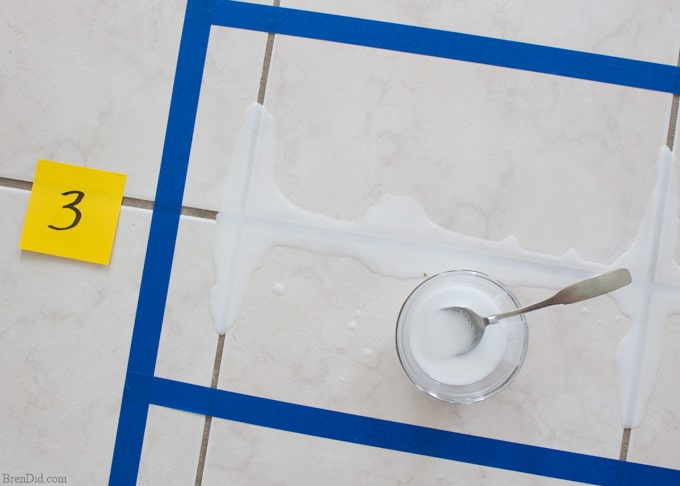Cleaning bathroom tiles with hydrogen peroxide is an effective and eco-friendly alternative to commercial cleaners. Hydrogen peroxide, a mild and colorless liquid, is a powerful disinfectant and stain remover. When used properly, it can tackle various bathroom tile issues, including mold, mildew, and grout stains, leaving your tiles looking fresh and clean.
To begin the cleaning process, mix hydrogen peroxide with water in a 1:1 ratio. Pour the solution into a spray bottle for easy application. Before spraying the entire surface, it’s advisable to test a small, inconspicuous area to ensure that the hydrogen peroxide doesn’t cause any discoloration or damage to your tiles. Once confirmed, generously spray the hydrogen peroxide solution onto the tiles and grout, ensuring thorough coverage.
For mold and mildew removal, allow the hydrogen peroxide solution to sit on the affected areas for at least 10-15 minutes. This dwell time allows the hydrogen peroxide to break down and lift the mold and mildew from the tiles and grout. Use a scrub brush or an old toothbrush to gently scrub the surface, focusing on stubborn stains and grout lines. The effervescence created by the hydrogen peroxide helps to lift and loosen dirt and stains, making them easier to remove.
Hydrogen peroxide’s bubbling action also makes it an effective grout cleaner. Apply the solution directly to the grout lines and allow it to sit for a few minutes before scrubbing. The foaming action helps lift dirt and discoloration, leaving your grout looking revitalized. Rinse the tiles thoroughly with water to remove any residue, and wipe them dry with a clean cloth.
Aside from its cleaning prowess, hydrogen peroxide also serves as a disinfectant, making it an excellent choice for bathroom surfaces. It kills bacteria, viruses, and other germs, promoting a hygienic environment in your bathroom. After cleaning, it’s important to rinse the tiles well to ensure that no hydrogen peroxide residue is left behind.
Cleaning bathroom tiles with hydrogen peroxide is a cost-effective and environmentally friendly approach to maintaining a sanitary and aesthetically pleasing bathroom. Its versatility in tackling mold, mildew, grout stains, and its disinfecting properties make it a go-to solution for homeowners seeking an efficient and safe tile-cleaning method. With proper application and a little elbow grease, hydrogen peroxide can leave your bathroom tiles looking spotless and contribute to a healthier living space.
DIY Grout Cleaner
The Ultimate Guide to Cleaning Grout: 10 DIY Tile u0026 Grout Cleaners
Grout Cleaning with Baking Soda and Hydrogen Peroxide!
22 Clean tile floors ideas grout cleaner, cleaning household
Pin on Cleaning
Mum reveals the $5 homemade grout cleaner recipe that left her
How to Clean Grout: Tile u0026 Grout Cleaning Tips – Simply Spotless
How To Clean Grout With A Homemade Grout Cleaner u2013 Practically
Using Hydrogen Peroxide to Clean and Disinfect LoveToKnow
The Ultimate Guide to Cleaning Grout: 10 DIY Tile u0026 Grout Cleaners
Related articles:
- Restore Old Bathroom Tile
- Rustic Bathroom Tile Designs
- Vertical Bathroom Tile Designs
- Bathroom Tile Makeover
- Modern Bathroom Tile Ideas
- Blue Glass Mosaic Bathroom Tiles
- Bathroom Tile Shower Design Ideas
- Modern Bathroom Tile Texture
- Modern Bathroom Tile Layout
- Bathroom Tiles Painted Over
Cleaning Bathroom Tiles with Hydrogen Peroxide
The bathroom is one of the most important places in your home, and it’s essential to keep it clean and sanitary. However, it can be a challenge to keep bathroom tiles looking their best due to their high-traffic nature. Fortunately, hydrogen peroxide can be an effective solution for cleaning bathroom tiles and restoring their original shine. This article will discuss how to use hydrogen peroxide to clean bathroom tiles, tips for getting the best results, and frequently asked questions about the process.
Why Use Hydrogen Peroxide?
Hydrogen peroxide is a great choice for cleaning bathroom tiles because of its non-toxic nature and powerful cleaning properties. It’s also colorless, odorless, and non-abrasive, making it ideal for use on delicate surfaces like tile. Furthermore, hydrogen peroxide is widely available and very affordable, making it an excellent option for those who are looking for an inexpensive way to keep their bathrooms clean.
How To Clean Bathroom Tiles With Hydrogen Peroxide
Cleaning bathroom tiles with hydrogen peroxide is relatively easy and straightforward. The process involves a few simple steps that can be completed in just minutes:
1. Start by gathering your supplies – hydrogen peroxide, a spray bottle, a scrub brush or sponge, and an old towel or rag. Make sure that your supplies are clean before you begin.
2. Fill the spray bottle with undiluted hydrogen peroxide and then spray the tiles liberally. Allow the solution to sit on the tiles for several minutes before continuing.
3. Once the hydrogen peroxide has had time to work its magic, use a scrub brush or sponge to scrub away any dirt or grime that may still be present on the tiles. Be sure to use gentle pressure when scrubbing so as not to scratch or damage the tiles in any way.
4. Rinse the tiles with warm water after scrubbing them down and then dry them off with a towel or rag. Make sure to dry them thoroughly so as not to leave behind any streaks or watermarks.
5. Once the tiles have been cleaned and dried, they should look as good as new!
Tips For Getting The Best Results
When using hydrogen peroxide to clean bathroom tiles, there are several tips you should keep in mind in order to get the best results possible:
• Always test a small area first before applying hydrogen peroxide on a larger scale – this will ensure that the solution won’t cause any damage or discoloration on your tile surface!
• Avoid using too much pressure when scrubbing the tile – this could lead to scratches or other damages that will be difficult (if not impossible) to repair later on down the line!
• Be sure to rinse and dry off the tile completely after you’re finished cleaning – this will help prevent any streaks from forming and give you beautiful tile that looks brand new!
• If you’re dealing with tough stains or grime on your tile, consider pre-treating them with baking soda or vinegar prior to using hydrogen peroxide – this will help loosen up stubborn dirt and make it easier for you to clean later on down the line!
• If possible, try using distilled white vinegar after cleaning with hydrogen peroxide – doing so will help neutralize any leftover residue from the solution and leave you with sparkling clean tile!
Is hydrogen peroxide safe for use on bathroom tiles?
Yes! Hydrogen peroxide is non-toxic and non-abrasive which makes it ideal for use on delicate surfaces like tile without causing any damage or discoloration. It’s also very affordable which makes it a great choice for those who are looking for an inexpensive way to keep their bathrooms clean!
How often should I use hydrogen peroxide on my bathroom tiles?
You should aim to use hydrogen peroxide on your bathroom tiles at least once every 2 weeks in order to Keep them looking their best. However, if you’re dealing with particularly tough stains or grime, you may need to use the solution more frequently in order to get the desired results.
Can I use hydrogen peroxide on other surfaces in my bathroom?
Yes! Hydrogen peroxide is safe to use on a variety of bathroom surfaces including countertops, sinks, and fixtures. Be sure to test the solution on a small area first before applying it liberally in order to ensure that it won’t cause any damage or discoloration.
What are the benefits of using hydrogen peroxide to clean bathroom tiles?
1. It is an effective disinfectant, killing a wide range of bacteria and viruses, making it an ideal choice for cleaning bathroom tiles.
2. It is safe to use, non-toxic and doesn’t contain any harsh chemicals that can damage tile surfaces.
3. It is inexpensive and easy to find in most stores or online.
4. It works well on stubborn stains, including mold, mildew, and soap scum buildup on bathroom tiles.
5. When used correctly, hydrogen peroxide can help maintain the original color of the tile while removing dirt and grime.
6. It helps to keep the bathroom free from unpleasant odors caused by bacteria build-up.











